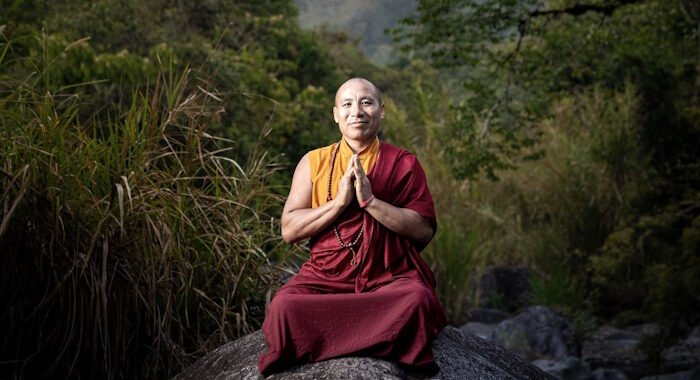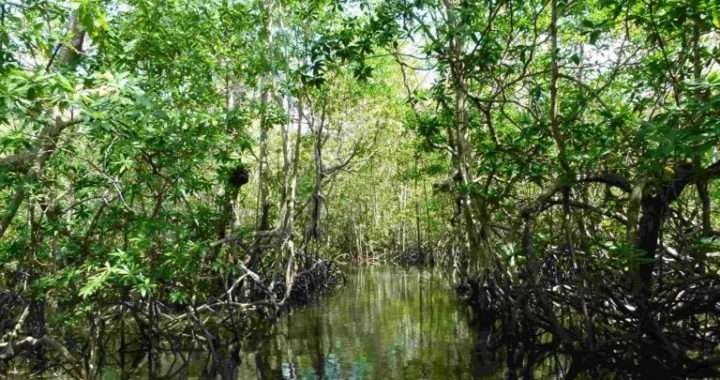
By Jack Ewing
According to the log of the first Spanish expedition to visit the Costa Ballena in 1522, there were no indigenous people living between the Barú River and the Savegre River. Nevertheless, all of the gravesites, petroglyphs, and other artifacts prove that people have lived here at some time in the past.
 Petroglyphs or stone carvings, some of them very elaborate, are abundant throughout the region. Though everyone is unique, many similarities are evident. In fact, petroglyphs from all over the world tend to have many symbols in common. The spiral is the most common shape seen on those found along Costa Ballena. So what does it all mean?
Petroglyphs or stone carvings, some of them very elaborate, are abundant throughout the region. Though everyone is unique, many similarities are evident. In fact, petroglyphs from all over the world tend to have many symbols in common. The spiral is the most common shape seen on those found along Costa Ballena. So what does it all mean?
Many different theories exist, but nobody knows for sure what message the petroglyphs carry. Some people say the carved stones resemble Indian village maps. Some others see animals. Many, if not all of the cultures that made petroglyphs, were known to use psychedelics.
According to psychologists, all psychedelics produce similar images on the retina, the spiral being one of the more common.
Some archaeologists believe that the petroglyphs were created during religious rituals when the craftsmen were under the influence of these substances. We will probably never know for sure.



